Truck Fucker That Right I Fuck My Truck Truck Love T-Shirt
$27.99 Original price was: $27.99.$19.99Current price is: $19.99.
Screen printing on fabric is partly dependent on the fabric itself Truck Fucker That Right I Fuck My Truck Truck Love T-Shirt . and some fabrics are easier to work with than others. There are a number of variables in the screen printing process will affect your outcome, and the ink and curing process also make a big difference in terms of how the final product will come out. That being said, advances in ink technology have made it possible to print on an array of different materials without worrying too much about bleeding or about the color not sticking. If you’re looking to get a batch of t-shirts or other fabrics or garments screen printed, you need to know if you can actually expect the fabric to give you the result you desire or not. Since all fabrics are not the same, this article will help you understand what is the most suitable for printing on.
Truck Fucker That Right I Fuck My Truck Truck Love T-Shirt, hoodie, sweater, longsleeve and ladies t-shirt
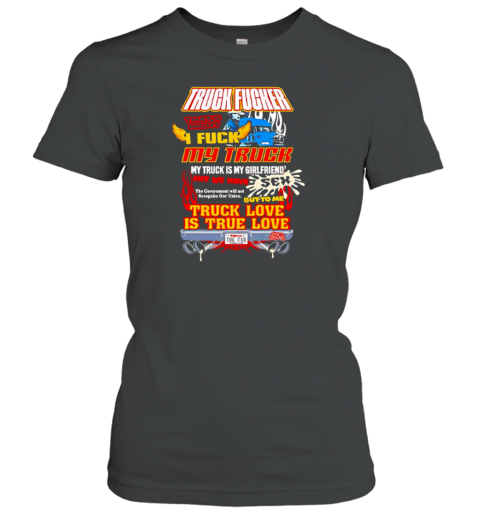
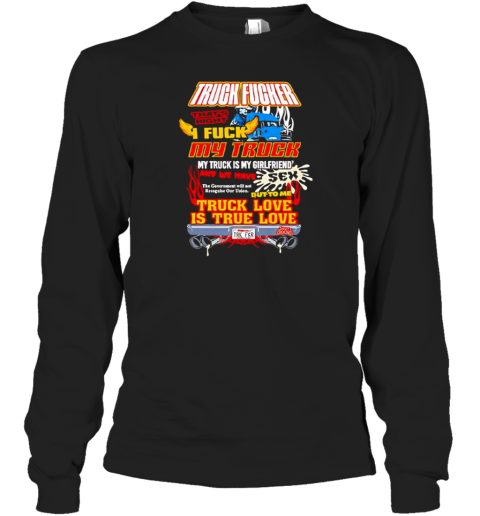
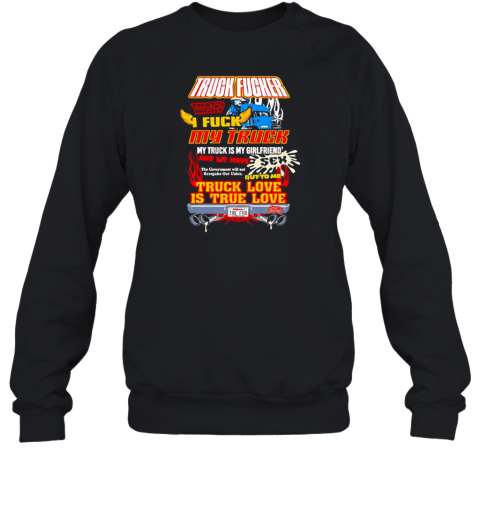

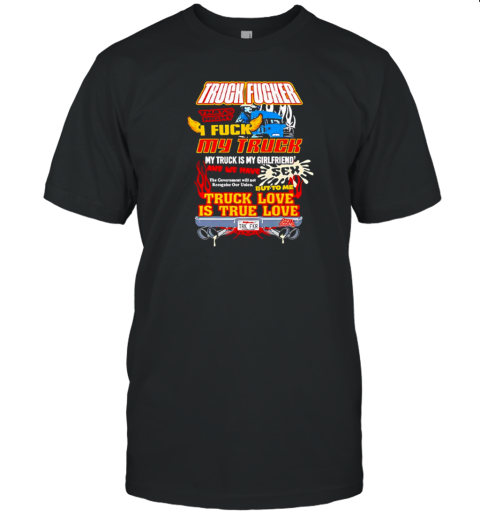
You Can See More Product: https://newshirtstore.com/product-category/trending/













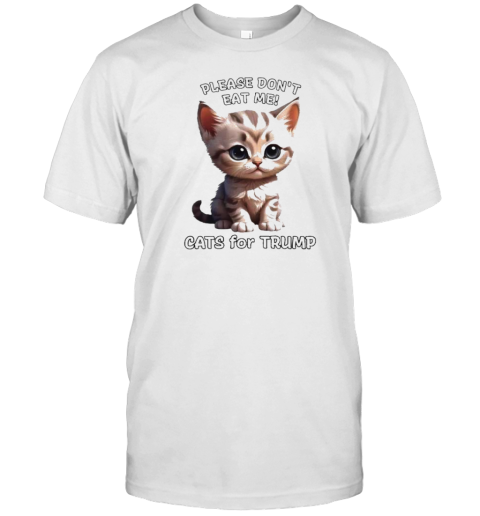
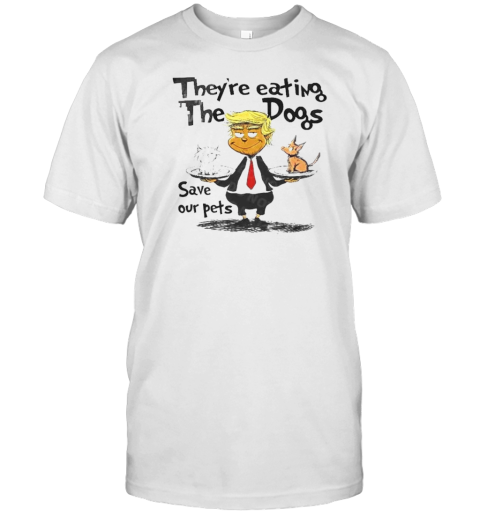

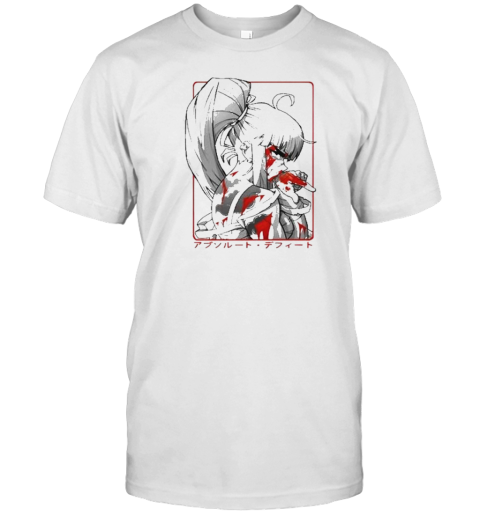


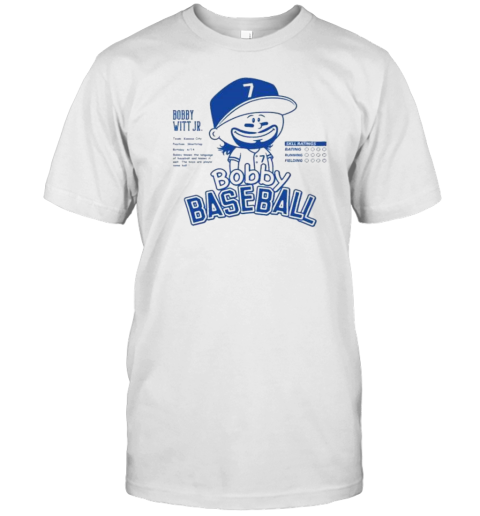
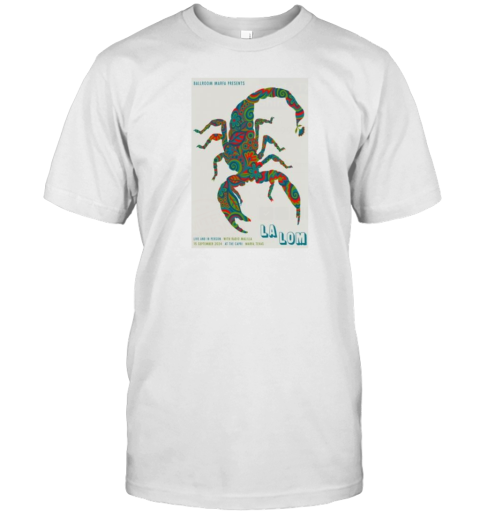
Reviews
There are no reviews yet.